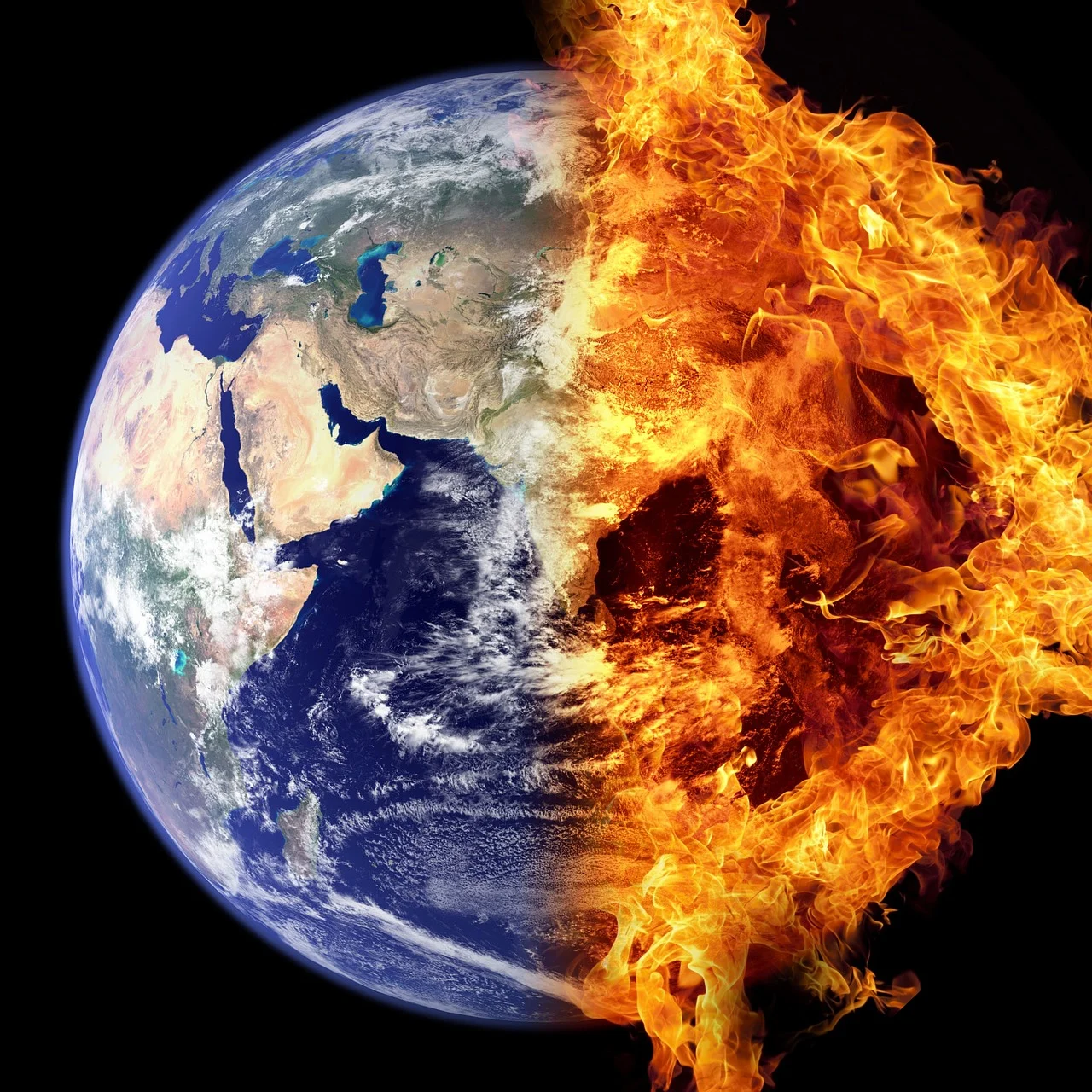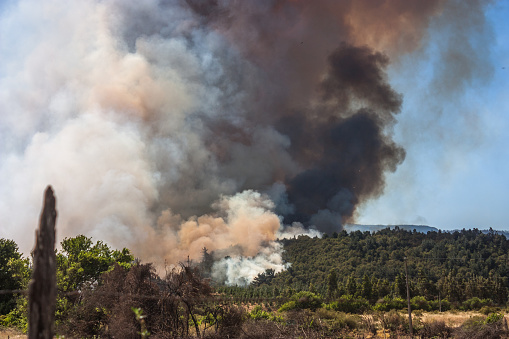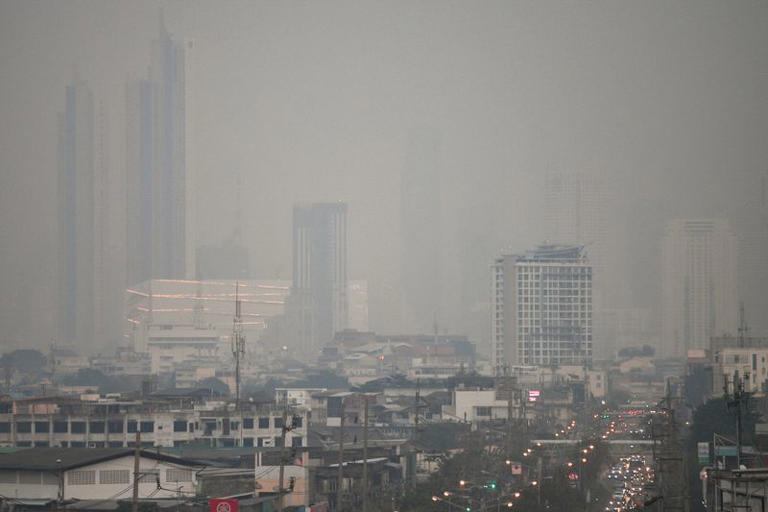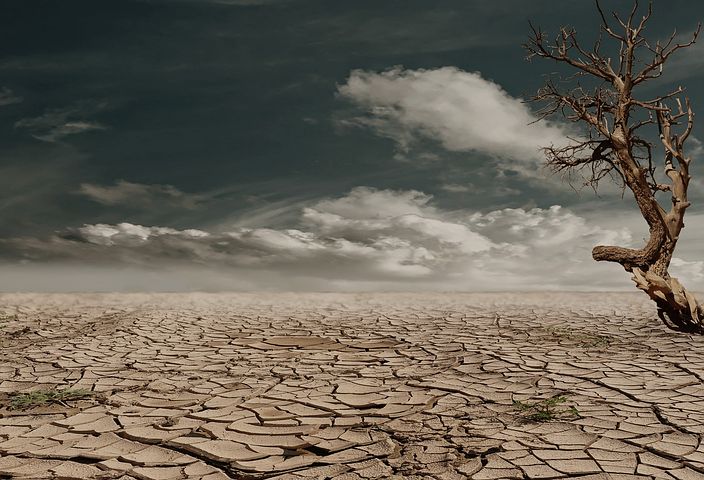
According to a study, the first ten years of this century were warmer than any other time in the previous 1,000 years for the Greenland ice sheet. Meanwhile, researchers determined that central-north Greenland saw an average 1.5C warmer temperature between 2001 and 2011 than during the 20th century.
Human Activity
They claimed the research, which was published in the journal Nature, shows human-driven activities are having an effect in the area and might quicken the rate of additional ice loss from the sheet. The ice sheet of Greenland contains water reserves of more than three million cubic kilometres.
By 2100, the Greenland ice sheet is predicted to have raised the global mean sea level by 50 centimetres, potentially flooding many coastal towns all over the world if current emissions rates are not reduced. The data from the ice cores, which cover more than a thousand years, were analysed by the researchers as part of the study.
Read more: http://redglitters.com/cause-of-climate-change/

The time series we retrieved from ice cores now continuously covers more than 1,000 years, from year 1000 to 2011, according to Dr. Maria Horhold, a glaciologist at the Alfred Wegener Institute in Germany and the study’s principal author.
According to this data, there is no doubt that the warming from 2001 to 2011 differs significantly from the 1,000-year-old natural changes. Despite being bitterly anticipated in light of global warming, we were taken aback by how noticeable this difference actually was. The scientists not only calculated the temperature but also recreated the ice sheet melt.
The findings show that melting in Greenland has greatly increased since the 2000s and now significantly contributes to the rise in sea level worldwide, according to the researchers. “We were shocked to observe how closely temperatures inland are tied to meltwater drainage across Greenland,” Maria Horhold continued. “After all, meltwater drainage happens in low-elevation areas along the rim of the ice sheet towards the shore.”
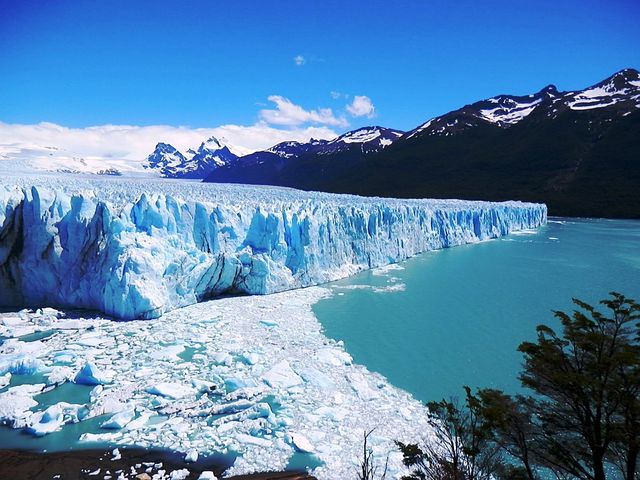
Professor Andrew Shepherd, head of the Centre for Polar Observation and Modelling at the University of Leeds, commented on the study, saying that there is ample proof that the Arctic has warmed fast in recent decades. This work closes a critical information gap by demonstrating that Greenland has also warmed; the region is currently hotter than it has ever been in the previous 1,000 years.
However, since the ice cores utilised in this study were taken more than ten years ago, temperatures have increased much more. Now that the glaciers in Greenland’s north are beginning to advance, we are beginning to notice the first significant effects of this warming on the ice sheet.
It serves as a timely warning that even the coldest regions of our world are not immune to the effects of global warming. In this particular situation, the effects will manifest themselves soon as sea levels rise.




